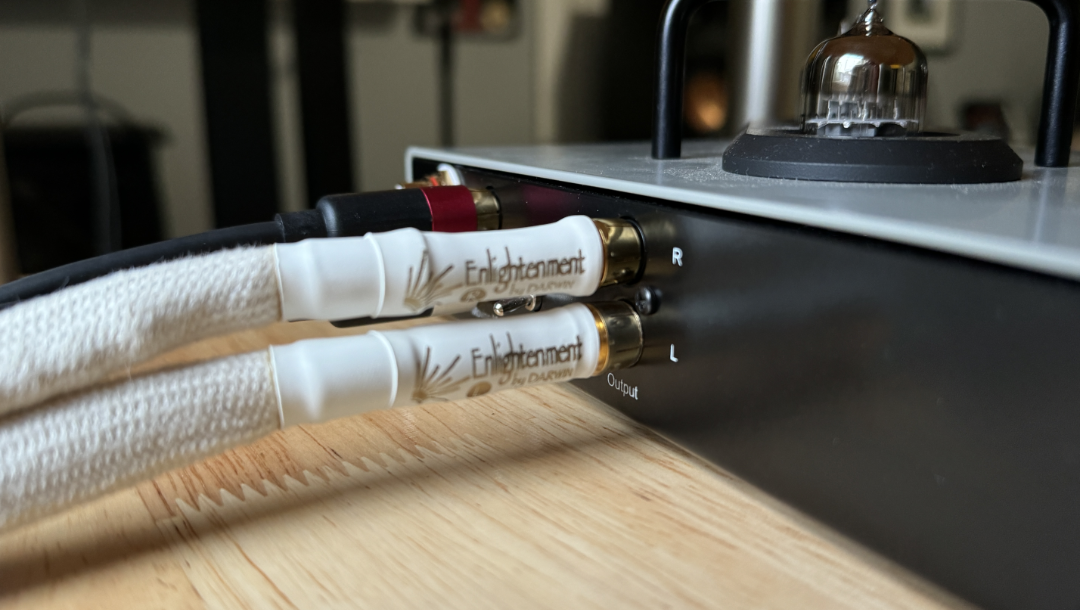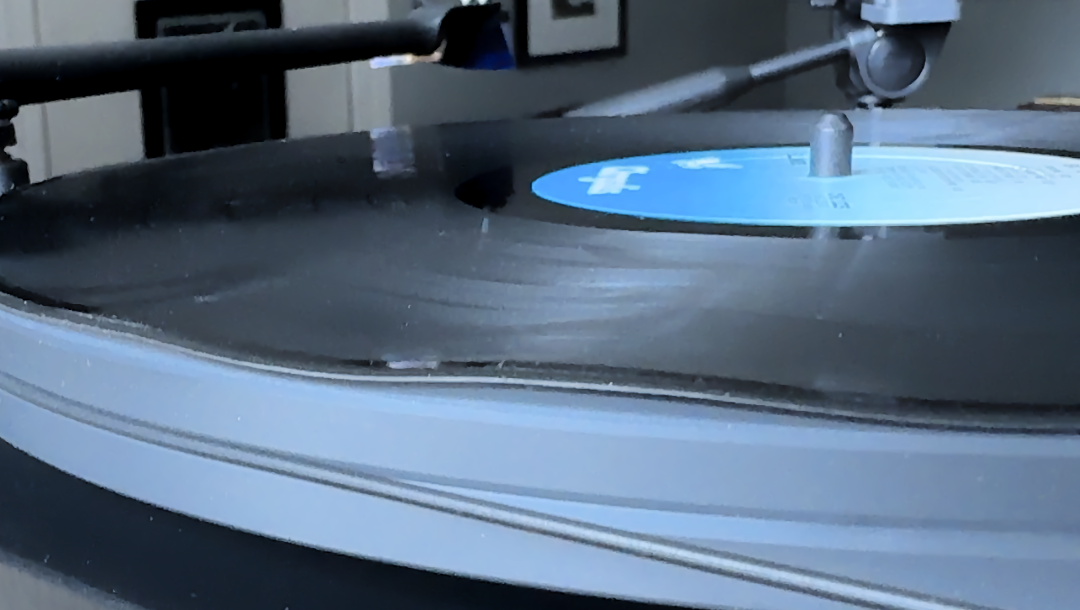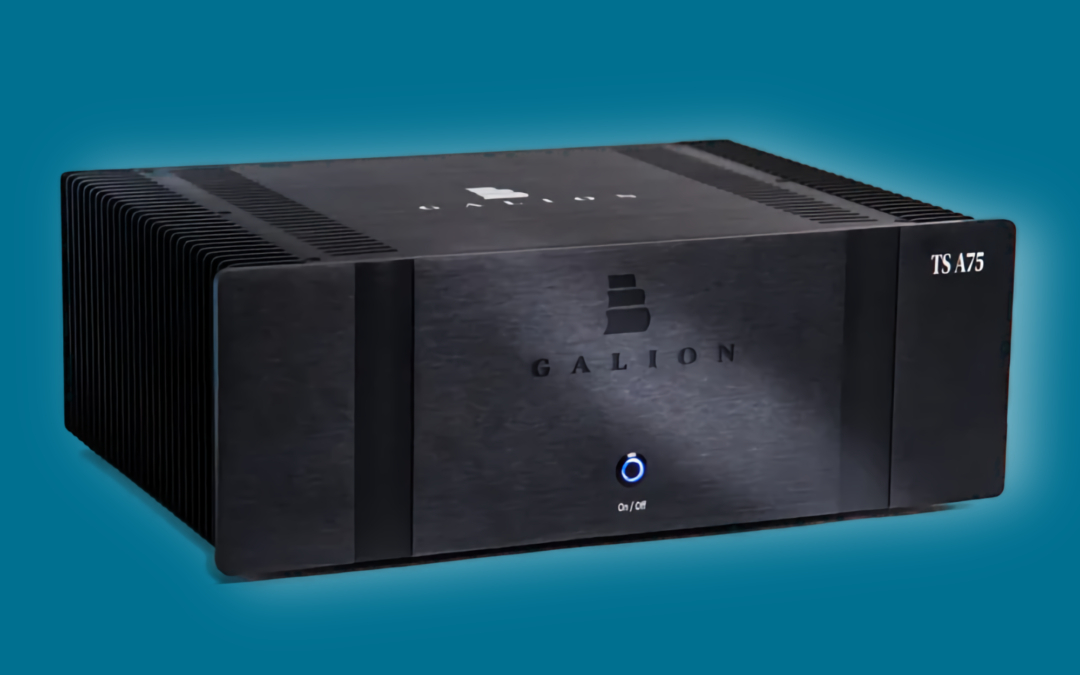There’s a lot of vitriol to be found on the various audio forums and Facebook groups out there when it comes to high-end audio equipment. There’s one word that tends to immediately lead to arguments.
Cables.
I get it – cables are meant to do one thing – transfer the audio signal from one component to another. They often come free with some components, and when they need to be replaced, they can be found on Amazon for less than twenty bucks in many cases. For decades, replacing a cable was easy, cheap, and required little to no knowledge other than what the connecting end looked like. I remember many long-ago trips to the local Radio Shack looking for RCA cables and adapters. Life was much easier back then.
Then came expensive cables. When I first learned about cables that cost hundreds, if not thousands, of dollars, I scoffed. I wasn’t the only one. Cries of ‘snake oil” inevitably come up whenever expensive cables and interconnects are discussed. Calls for measurements and blind AB tests abound.
But there has to be something to them, right? Not every proponent of high-quality cables can be wrong. Some of these folks are highly intelligent and know a lot more than I do about high-end audio. It’s a constant learning experience.
With this desire for knowledge and experience, I reached out to Bill Magerman at the Darwin Cable Company.
Founded by Bill and Tony Bender a little over a decade ago, Darwin Cable has evolved (play on Darwin and “evolve” firmly intended). Completely hand-made with an unbleached, woven cotton sheath, some of their design innovations have included the use of silver wire, which floats in a Teflon tube with little contact, cryogenic treatment (more on that in a moment), and low mass design. Everything that goes into the development of their cables is meant to lower the noise floor, enhance clarity, and reveal detail and bass (keep reading for more on this).
For review, Bill sent me two pairs of cables—“The Enlightenment” and “The Natural.” He sent them along with explicit instructions—to use “The Natural” first and, after spending some time with it, add the “Enlightenment” to my system.
I did as instructed and connected “The Natural,” an unshielded cable, to my Aric Audio Super MM phono stage and ran it to my Galion TS120 integrated tube amp. I typically allow things to warm up for three hours before spinning a record. I’m a vinyl guy, and my listening sessions are pure analog—there’s not a digital or solid-state component in the mix.
That evening, I pulled out a record I know inside and out—Aerosmith’s Toys in the Attic—and immediately went to track 4 on Side 1, “Walk This Way.” It’s a great song to test imaging and instrument separation, among other things.
What did I expect? To be perfectly honest – not much. I assumed I might hear something, but I also assumed it wouldn’t justify the retail value of $895 (at the time of this writing).
After two minutes, I turned to my wife and said, “I don’t believe this.” Two minutes later, I texted Bill – “I hate these cables”. It was a joke, and I hoped he would get it (he did).
What did I hear?
A paradigm shift.
And bass.
There was more, but the bass coming out of my KLH Model 5s caught my attention. After my initial confusion, I also noted that the aforementioned clarity of the music had improved. It wasn’t as noticeable as the bass, but it was an improvement.
From everything I read, and after talking with Bill, a Darwin Cable wasn’t designed with tone control in mind; it is meant to be transparent. What you hear is direct from the source without the cable adding its voice to the mix. Taking that philosophy as gospel, what I was hearing wasn’t a cable that enhances bass; it was a cable that allowed the full signal to travel from my phono stage to my amp without degradation. It was an honest transfer of the source signal.
Perplexed and pleased, I pulled out Dio’s Holy Diver and Cheap Trick’s Dream Police, two records that have always sounded a bit bright and lack bass – at least as far as the original pressings go.
And there it was – the before-missing, and now ever-present bass driving the music forward. Ronnie James Dio’s voice sounded more powerful, more forceful than ever. It was how I had heard it on my dad’s system four decades ago when I would sneak into his den to play this very same record. Memories are deceiving, but recent experiences with both albums proved that I wasn’t imagining things. Things had improved.
So, what is it about “The Natural” that preserves the signal from component to component without loss? I’d be dishonest if I said I knew. I suspect it has to do with two things: the use of silver wire and the fact that it “floats” in a Teflon tube with very little contact, reducing capacitance. The Natural is also unshielded, which shouldn’t pose an issue between the phono stage and the amp. It didn’t.
The results I heard may also be related to cryogenics and its supposed ability to reduce sibilance and enhance bass articulation in audio cables. If that accounts for or adds to what I heard, then I’m a believer.
What about “The Enlightenment” ($1795)? I did as instructed and used it after spending time with The Natural. Unfortunately, I couldn’t use it on the main system as my Thorens TD160 Super has an RB330 tonearm and captive interconnects. I had to install The Enlightenment on my review system, which is admittedly subpar compared to my main one. As a result, the sound improvement wasn’t as pronounced, although I did hear the improvement in detail when I swapped my original interconnects in and out to “test” my hearing.
Final impressions? While I wasn’t able to provide the proper test with The Enlightenment that I had hoped, I can attest to the sonic improvements I heard when adding The Natural to my system. It’s one of those rare audio experiences where you can’t imagine going back to your previous setup without a contact sense of loss and what could be.
– READ NEXT –
Subscribe to The Joy of Vinyl Newsletter




